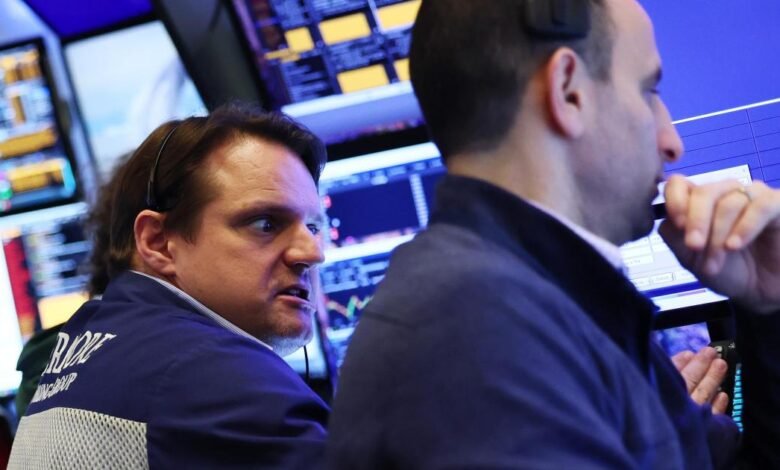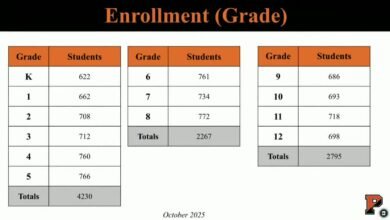Stock market concentration leaves investors nervous

At the end of August, the US market made up 65% of the MSCI All Country Index. In 2000 it was 45% but dropped back to pre-dot.com levels of 35% in the late noughties/early teens.
We recently presented at a conference where our message of concentration risk resonated strongly with attendees. The overlap in funds, from both the IA Global and IA Global Income categories, has increased in line with market concentration. It is now harder for wealth managers to diversify portfolios, which means risk mitigation is becoming more difficult, too.
Read more:
Looking at the top 10 of a typical Global Income Fund, it is astounding how similar they all look. Microsoft, TSMC and Broadcom are the most widely-held companies in more than half of the funds’ top five. The average holding size tends to be between 4% and 6%.
The top three feature as large holdings in the global benchmark, as well as in global growth, AI and technology funds. TSMC often has a large weighting in emerging market funds, given it is 11% of the MSCI World Emerging Market Index.
Clients frequently worry about concentration across their funds and question the need to pay for an active fund to get more of the same exposure. But how will this unravel?
It is no surprise that market participants of all stripes and colours are becoming increasingly concerned. One of them is Philippe Bouchaud, a French physicist who became a founder and chairman of Capital Fund Management.
He has written extensively, with his best-known books focusing on financial risk, derivatives, and option pricing. His work critiques traditional theories like the efficient market hypothesis and the Black-Scholes model, arguing they often underestimate risk in options pricing.
Read more:
Given the collapse of Long-Term Capital Management, which employed Nobel laureates and prominent academics such as Robert Merton and Myron Scholes, history has confirmed that his scepticism was well-founded.
Bouchaud’s key observations are that fund flows results in price pressure. He suggests that investors struggle to distinguish between underlying returns and the self-inflated returns caused by fund flow. In brief, a positive correlation between ETF flow and ETF returns can be a result of: (a) price discovery, where share prices reflect improving or previously unrecognised fundamentals, and/or (b) prices rising due to positive flows.
Indeed, there is evidence of a self-inflating loop, as positive flows lead to upward price pressure which in turn lead to more flows. The impact is obviously greater when dealing with concentrated portfolios or narrow indices.
It is also well-known how flows into passive funds have offset outflow of active funds since the global financial crisis. For example, since 2008 cumulative flows into passive US equity mutual funds are approximately $4 trillion, which is offset by a similar amount of positive flows into US ETFs.
There is evidence of a self-inflating loop. Positive flows lead to upward price pressure. In turn this leads to more flows. The effect is stronger with concentrated portfolios or narrow indices. As the largest businesses grow their combined share of an index, so the impact becomes more pronounced.
Read more:
Bouchaud estimates that around 2% of all flows, and between 8-12% in the top decile of illiquid funds, are Ponzi flows. Here, “Ponzi” refers to the effect of self-inflated returns. He found that funds with high Ponzi flows saw subsequent drawdowns of more than 200%.
The ten largest companies in the S&P 500 now make up nearly 40% of its value. This is up from 20% at the time of the dot.com boom in 2000. Seven of these ten companies are technology or AI-associated, which gives an unparalleled level of sector concentration. Many are also widely held across the world as the US accounts for more than 70% of the MSCI World Index.
Running with the herd carries risk. Equity markets are more concentrated than at most times in history. To make a reasonable return from a company with a starting market capitalisation of several trillion dollars demands some very large numbers. Investors should be aware of the “Bouchaud” risk and the potential of underperformance if flows reverse.
We believe one way to offset this risk for investors is to cast the net wider to find undervalued global leaders. In recent years we have found a wider range of options that meet our criteria. We have moved up the value chain, down the market cap scale and into countries that are now home to impressive businesses.
Bettina Edmondston is global income and growth manager at River Global.






